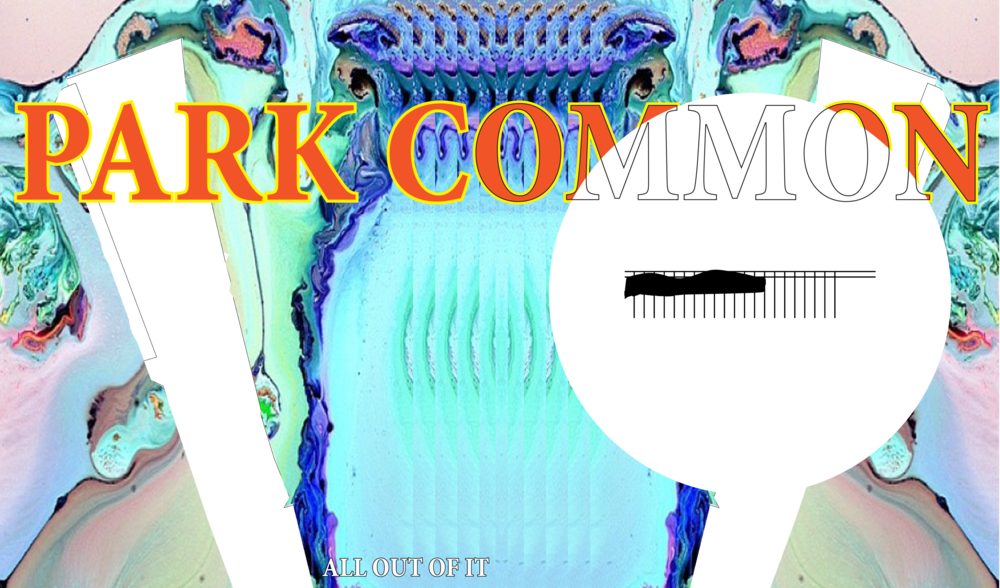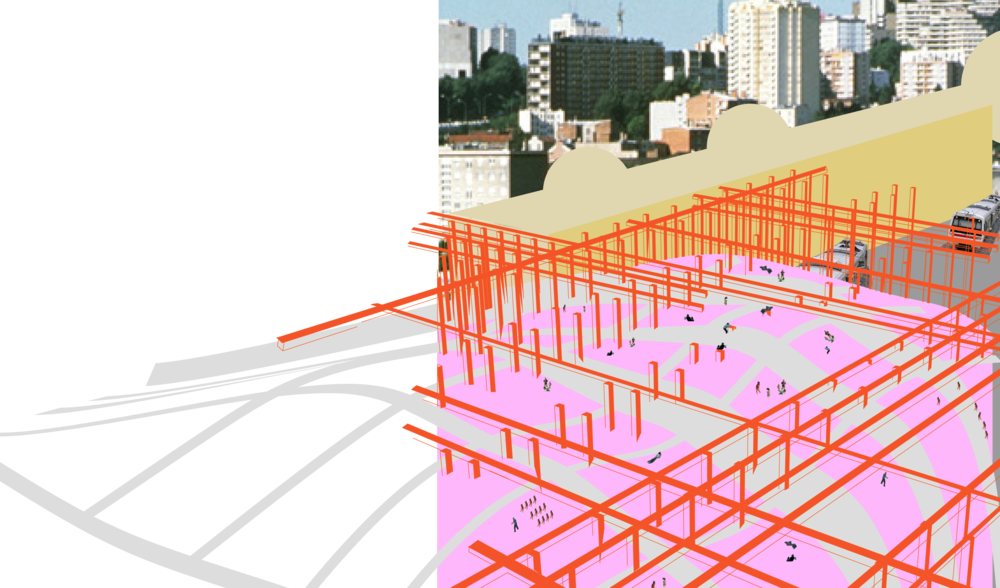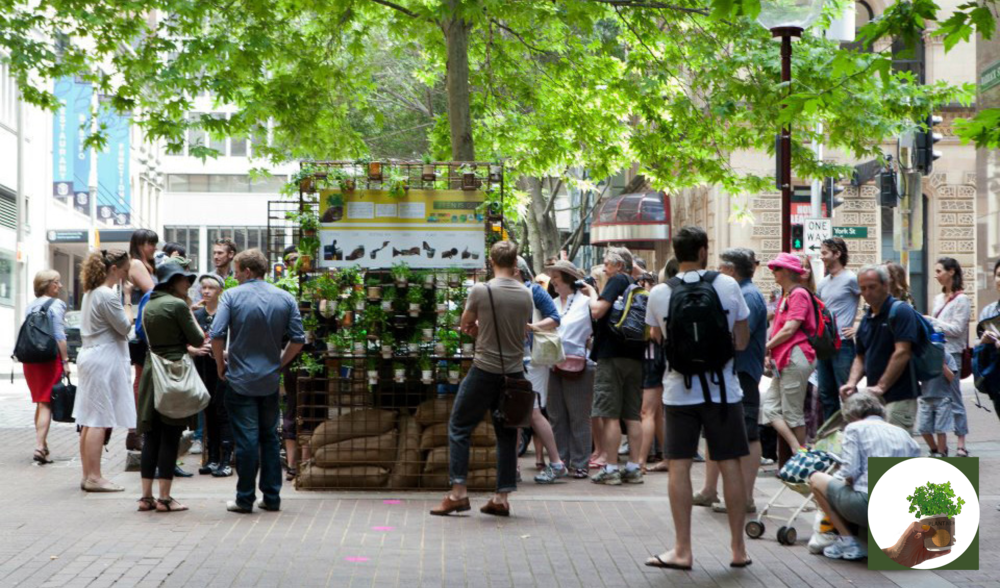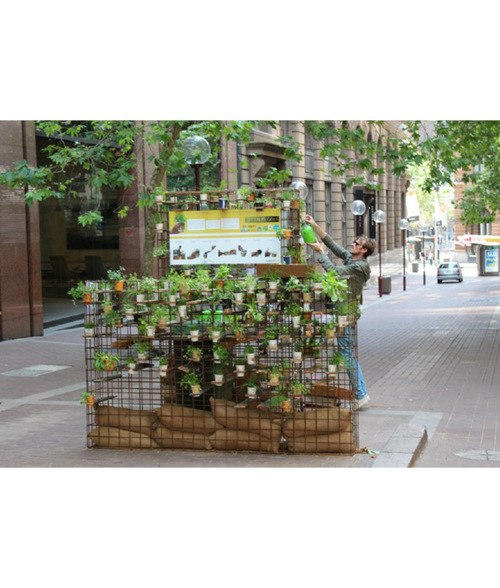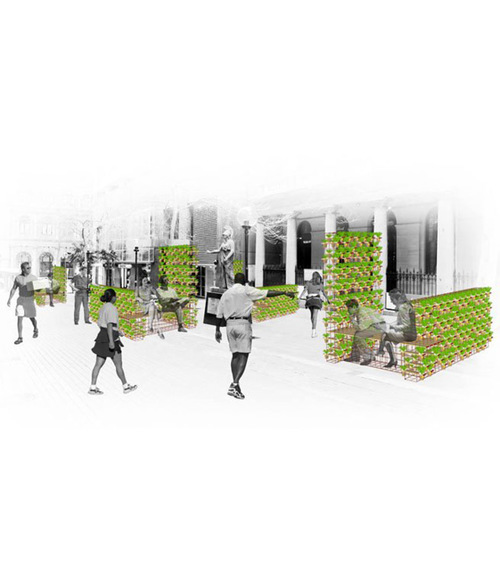20 October 2015
Completed by Lauren Fitzpatrick (12048880)
This is the full transcription of the interview: A designer, technology and the future. In this interview, I questioned Thomas Fitzpatrick, visual designer/ illustrator and my awesome 26 year older brother, about his views, understanding and interpretations of the future and technology.
WARNING: This interview contains coarse language – apologies from my bad mouth brother.
LAUREN:
So in this interview I will be asking you about your views, understanding and interpretations of the future and technology.
THOMAS:
Can I begin by saying that is incredibly broad? It could mean anything. Anyway, go on.
LAUREN:
Just to get you into the future thinking mood, what would your preferred future be like in 2050?
THOMAS:
Wow, okay, I might be dead by then. I don’t know, I’m kind of happy as things as are. I’m kind of stuck in my ways. I’m not really going to change anything. In terms of my practice, unless there is something absolutely game changing in the next few decades, I really can’t see myself changing. My work flow and the devices, technologies and apps that I use at the moment are fine. If something better comes along I might change but I don’t really think about it. I just get on with it and do my work.
LAUREN:
From a designer’s point of view, how important is it to have knowledge of the past to shape and transform our future?
THOMAS:
I don’t think it’s that important. Everything has been done, so don’t fucking worry about. I try not to look at other people’s work or even look back on my own work. Again, just get on with it and do it to the best of your ability. Don’t worry about what other people are doing and what people have been doing in the past.
LAUREN:
But you know how some people say what if we revert to old values, do you think that will actually happen?
THOMAS:
Ah yeah, absolutely. It can potentially go full circle. You can definitely see it in web design as an example. When it first started there was no real visual design applied and it goes through all these phases like that phase when people were adding texture and making everything look real. And then web 2.0 came along and everyone’s going flat with super subtle gradient and bevelling and now it’s kind of going back to that more textured hand-made feel. It happens in waves. Yeah, it happens in waves.
That kind of view makes it seem that one way is right as well which is bullshit. If you back to the old way because it’s the best way, well no. There are so many different ways, people work so many different ways.
LAUREN:
What kind of roles and importance do you think designers have for the future and technology?
THOMAS:
Pretty big. I mean myself personally I don’t see myself contributing much as an illustrator and visual designer, you know, I have done UX stuff for like educational and government stuff which is all great and worthwhile. In terms of changing the world, I think that kind of concept is bandied around too freely and too easily. A lot of people say that and it’s bullshit. You look at people’s studio websites and they’re just like a service design and they’ll be like ‘Oh we make life changing products. We are shaping the world.’ And it’s just no, you’ve just made a fucking mobile app for a bank or something, that’s not changing the world you dickhead. That’s just bringing in more business for what ever particular app your making for whatever particular client.
But having said that, there is definitely designers and stuff out there making things.
LAUREN:
Well this whole subject I am studying is about interdisciplinary design, so architects or product designers would be more likely to do something that would affect the future.
THOMAS:
Yeah definitely, but that’s from my point of view as a visual designer. But yeah, having worked at Digital Eskimo which is a user centred design studio, I learned a lot there in my two years. I learnt a lot about user experience and that place really made me appreciate the role of a designer, even just a visual designer, and how much that affects a person’s experience using a particular product you’re designing. Even all the research that goes into something and all the thought behind why have I made that button a particular colour and why have I placed it there. Sorry, trailed off a bit there.
LAUREN:
To what extent have human beings changed the Earth with technological advancement and is this change irreversible? Will we ever revert back to lo-fi technology?
THOMAS:
Well one, we fucked it up. I mean, really badly. I have been trying to go vegan as you well know because I have several vegan friends and I’ve always been very interested in that topic and sustainability in general. And my reasons for going vegan were my health and sustainability because the amount of green house gases contributed by the meat industry is like 51% which is just mental. And that will change.
I was having a conversation the other day and we were just like, you look at smokers back in the day in the 40’s and 50’s when everyone smoked and it was just the norm. Then in the 50’s that started to change when reports started to come out saying well no, this is actually detrimental to your health and people look at smokers now like your are disgusting. Why are you doing that? Your’e an idiot, your’e killing yourself! And we were just sort of saying that I reckon like, probably your generation and potentially the next generation, that will start to change and we will look back on this time now and go wow, we were fucking animals eating all this meat with utter disregard for the environment. And it will be that same process where we look back at smoking now. Ah what was the question again?
LAUREN:
So to what extent have we changed the Earth with with technology and will be ever revert back?
THOMAS:
I mean, we’ve fucked up with technology, but we will hopefully fix it with technology. There’s lots of good stuff out there like, you know, I try to keep abreast of that stuff because I find it fascinating, like the solar highways and solar tiles. I don’t drive because one, I’m lazy and two, because it contributes quite a fair bit as well to greenhouse gas. And you look at electric cars now and they’re freaking cool. There’s lots of new technology coming out and as grim of a picture as it is right now I have faith that there are lots of designers out there that are working on stuff, it’s just a matter of government funding and everyone agreeing. Obviously there are lots of climate skeptics out there. It’s just complacency for a lot of people, they are stuck in their ways. I mean I care, but it’s more just like philosophical. I’m not actually going to do anything. I am at least trying to go vegan and not using so much energy and not buying so much shit and stuff. That in a way does help. I’m not going to design an app or do something that’s going to change people’s views on climate change, I can only do these little bits and pieces. It’s the little things that count, they all add up.
LAUREN:
As a visual designer you primarily work on a computer and you also have daily interactions with other technologies such as your phone. How do your daily interactions with technology affect you?
THOMAS:
It’s detrimental to my health. I have really bad RSI (Repetitive Strain Injury) because of the amount of illustrating I do and I don’t really look after it. I spend all day looking at a screen. When I’m not working, I’m still looking at a screen because I’m watching tele or playing a video game. I’m always in front of a screen and loads of different screens. Right now I’m designing a mobile app so I’m working between – well look, I’ve got three things open. I’ve got my monitor, I’ve got my laptop and then I’ve got my phone plugged in so I can see what my design looks like on the phone as I’m designing. But that’s just the way it is, that’s the way design is at the moment. Web and app design, you have to see how it looks on the final product.
In terms of daily life, technology does affect my social life. I just text people, I don’t call them. I have the odd friend who will actually call me and have a conversation on the phone. Everybody else I just text. It’s just easier. It’s right there. I’ll be working and I’ll have messenger open or I’ll be texting while I’m working. You don’t even know you’re doing it. I don’t think about it. It’s not inherently bad, I still think I can communicate fairly well even though I text all the time.
Having worked nearly five or so years as a designer and illustrator, there’s nothing better than being in a room full of people. Like at Digital Eskimo, I’d never done it before, we use to do lots of workshops with the clients and stakeholders and that was super beneficial because your’e all in the same room, you do all these exercises, it’s fun, people open up and it’s so much better collaborating than say if you had them on a conference call on Skype. You get a better product at the end when doing that.
For my practice, I use a Wacom tablet for my illustrating, but I still do sketch everything first in a sketch book then take a photo and go over it. I still do that because it’s still nice to get that initial sketch, thought or idea down on paper. I could sketch straight into Photoshop but it just feels better doing it in a sketch book.
LAUREN:
You grew up in the 90’s and witnessed the greatest technological advancements. Dial-up internet to you is like fast wireless internet connection to the youth of today. In about 15 years technology has evolved incredibly fast. What is do you think is going to happen in the next 15 years?
THOMAS:
Not much is going to happen, I think it’s kind of happened now and there’s not going to be any huge leaps in the next few decades. Everything we have now is just going to be getting a little better and better each year and that’s it. Everyone is really comfortable with it and I really can’t see anything hugely game changing in the next two decades. I mean, Apple and Google and Microsoft are most likely working on new shit. You know, Google had the Google Glasses a few years ago. What the fuck has happened to that? That technology has just fallen off the face of the Earth. I don’t think people were ready for it for starters because it’s just kind of weird. And I don’t agree with that kind of wearable technology anyway, even though I have an Apple watch. I think that’s just too far and it’s bad. A good example is people walking down the street on their phone not looking around and having no idea what is happening around them. I don’t know, that stuff kind of scares me a bit, I don’t think it will be that beneficial to humanity as a whole, I think it will be detrimental. Look, it’s Skynet. That’s probably what’s going to happen.
LAUREN:
Robotic technology is developing rapidly and many feel uneasy about this? What is you view on robots potential assisting humans in the future?
THOMAS:
I think it’s awful. Yeah, I think it’s terrible. It’s so lazy. Its just ridiculous. You look at the extremity of it and we will probably turn in to fat pigs. An awesome example is the film Wall-E. If we really let ourselves go and just keep on going in that direction, I mean, that’s a incredibly fantastical view, the picture that Wall-E paints, but it could potentially happen. It is amazing. You look at Yasimo, that first humanoid Japanese robot, it’s bloody amazing. It can run, it can do all this awesome stuff. Just to get that shit to run like a human being is a massive feat. But, I wouldn’t want one. It’s just creepy. Because then we just completely loose our connection to humanity and what it means to be human in a way. As cool as Terminator is, I don’t want that to happen!
LAUREN:
Speaking of, the classic films like The Terminator and Blade Runner are iconic depictions of futuristic hi-tech societies and shows a future where technology overpowers humanity. Do you think that technology is a force to be reckoned with in the future and why or why not?
THOMAS:
That’s a deep question. I will start by saying that Blade Runner is my favourite film. I have watched it a ridiculous amount of times it’s so good. Yeah, it is a force to be reckoned with. It’s probably going to go either way. You know, Terminator and Blade Runner and all this Sci-fi films, those are all slightly dystopian, they’re not full on dystopia, the world has just gone a little bit shit. Like the first Mad Max, the world is a little bit shit. The bombs haven’t been dropped yet and it’s like they’re running out of natural resources and then the second one, it’s an absolute wasteland. Could go like that, potentially. Why not? Yeah, it could go either way. In terms of it being a force to be reckoned with, yes it could turn Earth into a wasteland. Or, it will be amazing. It will be all lush green buildings, plants on buildings, everything will be solar and wind powered and awesome. And then we’d have solent green. That would be the only bad thing. I’m sure human tastes quite nice.

